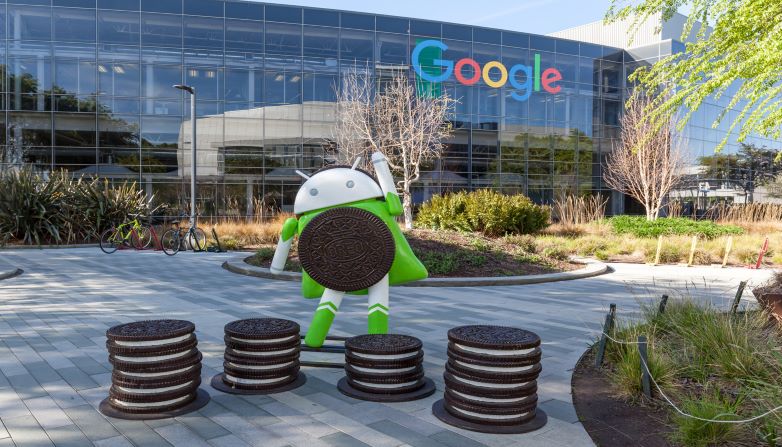I love Cookies (literally), just as much as paid-media advertisers love third-party cookies!
Cookies are the reason advertisers have access to a lot of information about users, from helping them track website visitors, targeting their ads to the right audience, and even improving user experience.
Because of the perks, it helps advertisers optimize their ads based on intent.
With the help of third-party cookies, advertisers can also track visitors’ behavior, like knowing what website they were on while they weren’t on their website.
But because of the new Third-party cookies phase-out update in February 2020, shockwaves were sent among industry experts as it meant that they would lose access to a lot of user intent data.
A Google Post mentioned, “Today, we’re making explicit that once third-party cookies are phased out, we will not build alternate identifiers to track individuals as they browse across the web, nor will we use them in our products.
We realize this means other providers may offer a level of user identity for ad tracking across the web that we will not — like PII graphs based on people’s email addresses. We don’t believe these solutions will meet rising consumer expectations for privacy, nor will they stand up to rapidly evolving regulatory restrictions, and therefore aren’t a sustainable long-term investment. Instead, our web products will be powered by privacy-preserving APIs which prevent individual tracking while still delivering results for advertisers and publishers.”
Is it an end to Retargeted Ads?
Yes,
According to a post in the Chromium, “Users are demanding greater privacy--including transparency, choice, and control over how their data is used--and it’s clear the web ecosystem needs to evolve to meet these increasing demands. Some browsers have reacted to these concerns by blocking third-party cookies, but we believe this has unintended consequences that can negatively impact both users and the web ecosystem.”
However, this doesn’t mean that all Google cookies will phase out.
Google also called First Party Relationships vital in the post, which means your first-party data remains unaffected.
Read More: Why SEO and Content Marketing work better together?
What are First Party Cookies?
First Party Cookies is a code that generates and stores itself on your user’s device when they visit your website. It’s generated and stored by default.
First Party Cookies are mainly used for improving user experience on your website, as it is engineered to remember passwords, the user’s basic data such as language, login info, etc.
You can also learn about the user’s behavior on your website and their visits.
What are Third Party Cookies?
Third-party cookies are tracking codes placed on the user’s computer after being generated from a third-party website (E.g. Advertiser).
When a user visits your website and another website, the third-party cookies sends this information to the third-party website that created the cookie originally.
With this data, advertisers can learn about the user’s online behaviors, like the websites they visit, their purchases, and their interests.
The data is detailed enough to create robust user profiles send retargeted ads to past visitors or ones with similar profiles.
It’s important to inform the visitors if you accept third-party cookies because of the data that companies can retain from them.
If your advertising goal is only to track basic user behavior and demographics, your strategy will not be affected deeply.
However, if it relies mostly on retargeted ads, it’s time for a new advertising strategy with vital first-party relationships.



